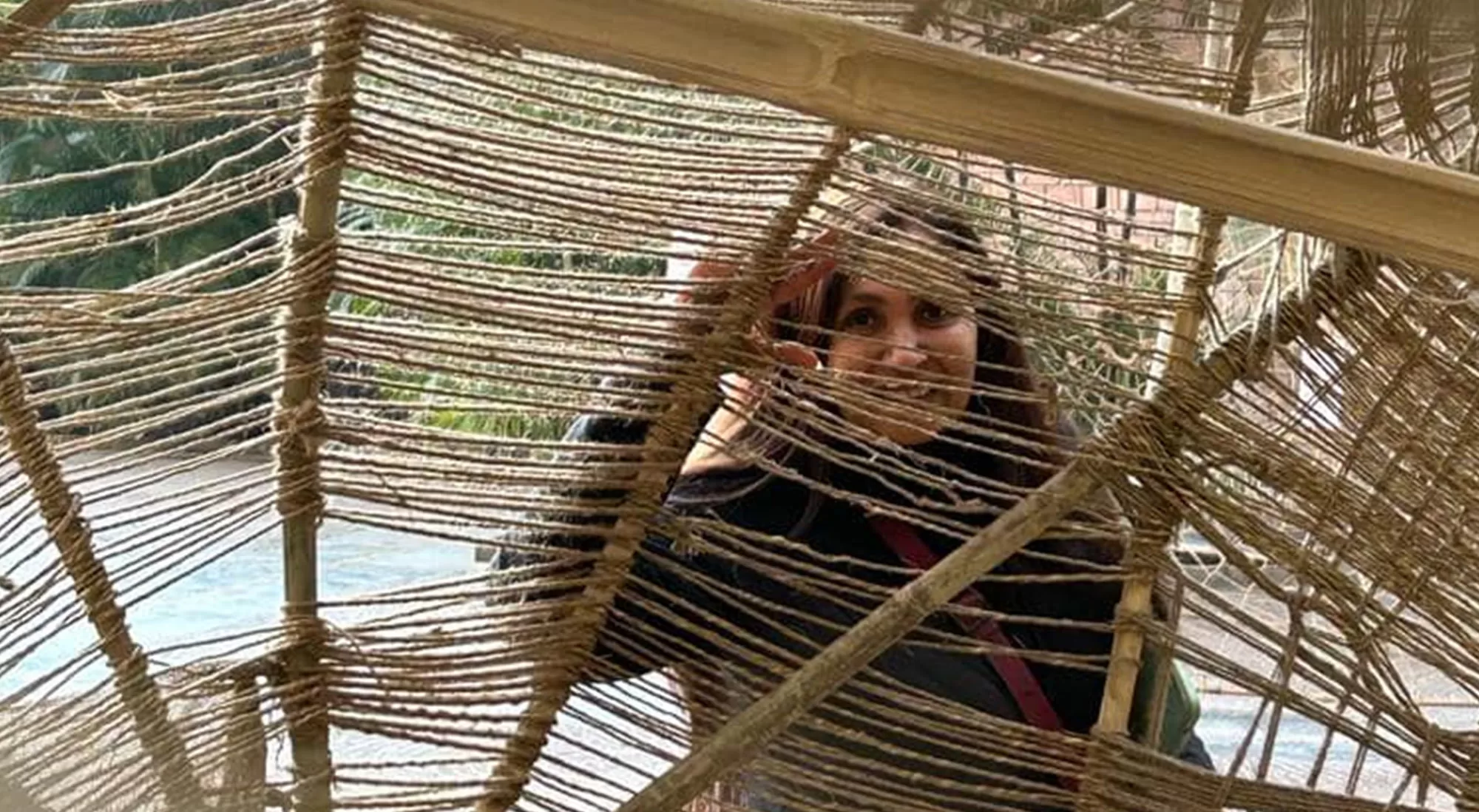Over the years, many art forms have been developed and explored by artists, such as contemporary art, painting, video art and nature artwork. No other art is as impressive and mesmerizing as the installation art. The installation art can be site-specific, such as located near a riverside or occupying a spacious room. The artwork is created in a way so that viewers engage and become a part of it immediately.
Impacts of installation art
The installation offers more than traditional art. It engages you on multiple levels by activating the senses to experience it. The installation is excellent with sound, vision and smell that help to convey special messages to viewers. It is a sensory pleasure for viewers and stands out from the rest of the artwork in communicating messages.
Although the installation art is temporary, its impact remains on viewers forever. The main focus of this art is to convey messages and notions effectively. Thus, this art can fascinate, engage, and captivate people to think and question the idea expressed in the art while witnessing the exhibition.
Origin and development of installation art
The origin or root of installation is often combined with conceptual art. Earlier, artists referred to this art as environment owing to its size. The term installation began to be popular in the 1970s to describe works that provide a sensory experience to viewers.
Installation art is created at exhibiting venues such as galleries, museums, and public or private locations. Artists use a broad range of materials, such as natural and man- made giving creative freedom in the artwork. Moreover, installation art may also include sound, video, performance, and other technologies to provide an immersive experience to viewers. The art creates a dialogue with the surrounding. It engages sensory organs and leaves a deep impact on viewers. Thus, this art is created with a focus on spectators as they interact and involve with the piece.
An emerging installation artist in India
Without any doubt, installation is effective and impactful in sending messages to spectators. That is why many artists take up this art to show concern and hope to viewers. One such artist is Aarti Zaveri, a multidisciplinary artist in Delhi. She creates site-specific installations on environmental challenges and issues. The primary topics may include water crises, climate change, soil pollution, and water pollution.
The Fragility of Habitat is one such installation that exhibited the importance of saving soil and the ecosystem for future generations. The unabated soil and environmental pollution have almost killed Mother Earth. But, there is still hope for our environment with corrective actions of the public. The environmental artist in Delhi has urged everyone to adopt sustainable technology to save Mother Earth. Do not use plastics as it causes severe soil pollution affecting human beings.
The environmental artist in India has won appreciation and accolades from various quarters. She loves to express her feeling and experiences with aesthetic and engaging artwork. With an inclusive global view, she takes concepts and ideas from nature in creating art. Contact us to know more about her projects now.

